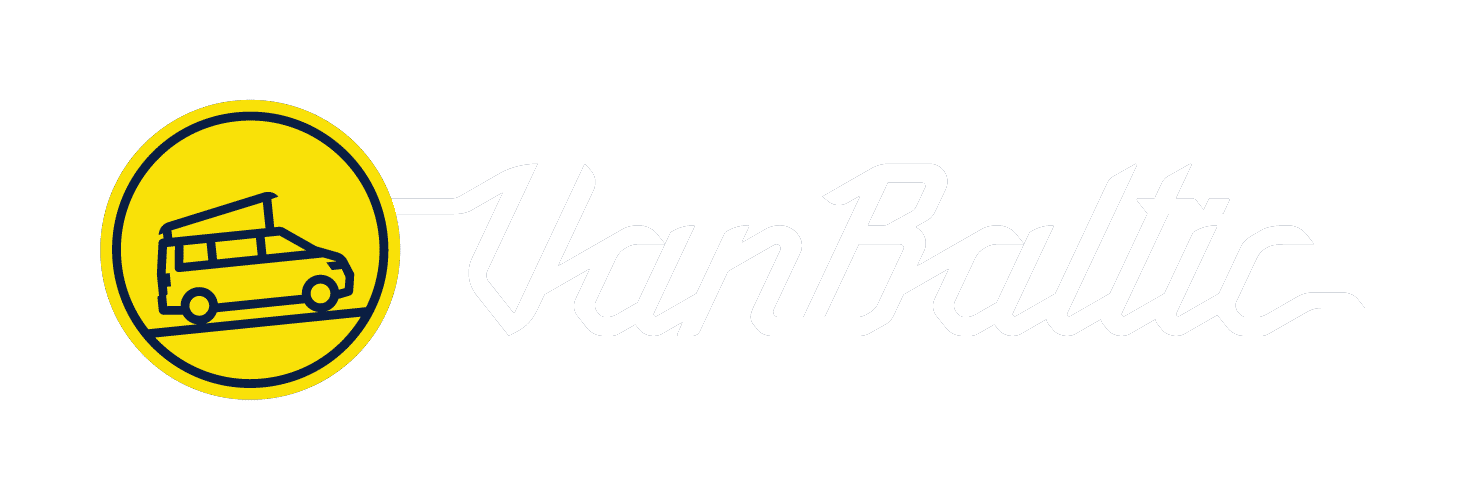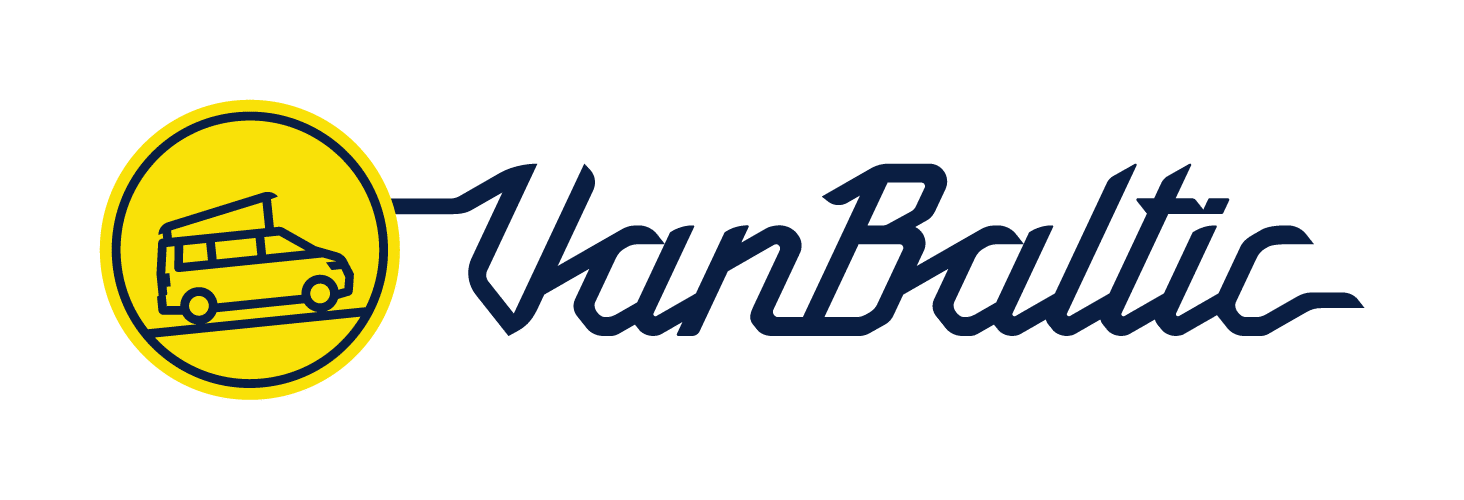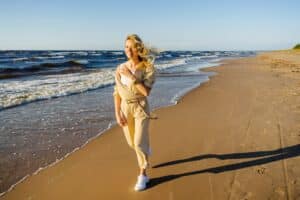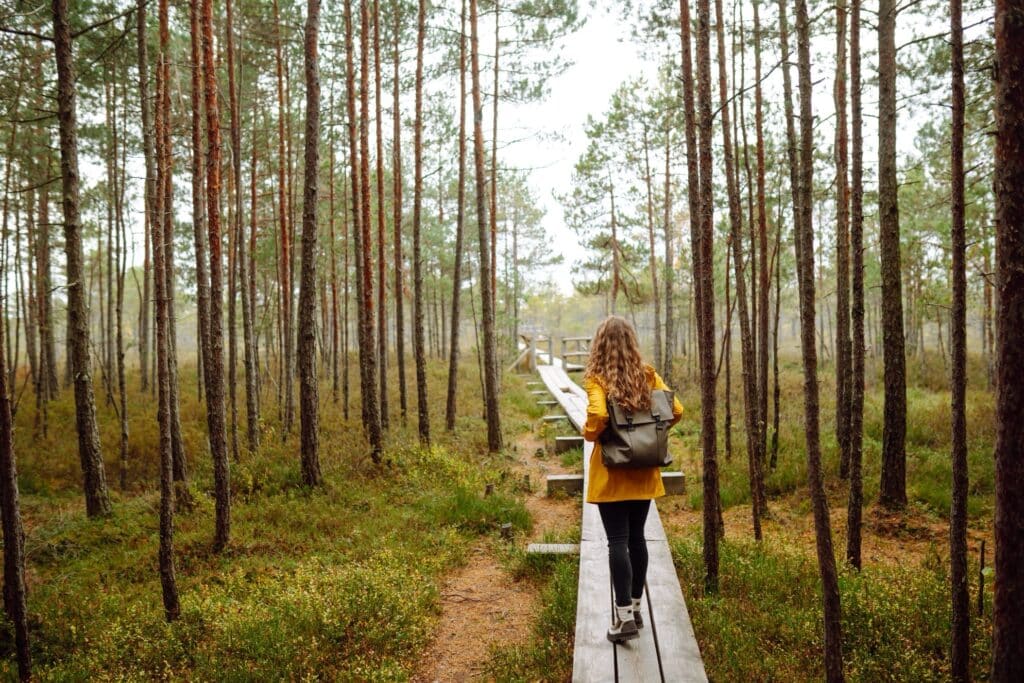
There is a possibility that Estonia, Latvia, and Lithuania will become the next major hiking destinations. Despite the fact that the Baltic states do not have any mountain ranges that are suitable for summit collectors and that their long and dark winters are more suitable for sauna sessions than open trails, the region is largely rural and contains almost endless forests, primeval bogs, and a rugged coastline that is lapped by cold Baltic waters. All of these things are best discovered at a slow pace.
In these parts, the most difficult obstacle for athletic hikers is not the ascent in elevation but rather the distance they must cover. Through the network of trails known as the Baltic Trails, it is possible to walk for weeks on end, traversing three nations in three months. Along the way, you will pass through national parks, rural villages, and cultural heritage sites that are frequently unexpected.
For anyone who are passionate about the outdoors and the natural world, the Baltic States, which include Estonia, Latvia, and Lithuania, are a wonderful destination. The routes in these countries are among the most magnificent in Northern Europe because to the rich landscapes, lush woods, pure lakes, and various animals that can be found in these countries. It doesn’t matter if you’re searching for a strenuous climb, a peaceful stroll, or an exciting bike ride; the Baltics have something that will appeal to you.
Listed here is all you need to know in order to get ready for this (very!) long-distance trip that will take you across Estonia, Latvia, and Lithuania, as well as some of the best nature paths that you should not disregard.
What are the Baltic Trails?
Long-distance hiking trails known as the Baltic Trails are comprised of two distinct routes: the Baltic Forest Route and the Baltic Coastal Route. These trails are located in the countries of Lithuania, Latvia, and Estonia. They provide hikers with the opportunity to discover the varied landscapes, illustrious history, and lively cultures that are included within the Baltic area.
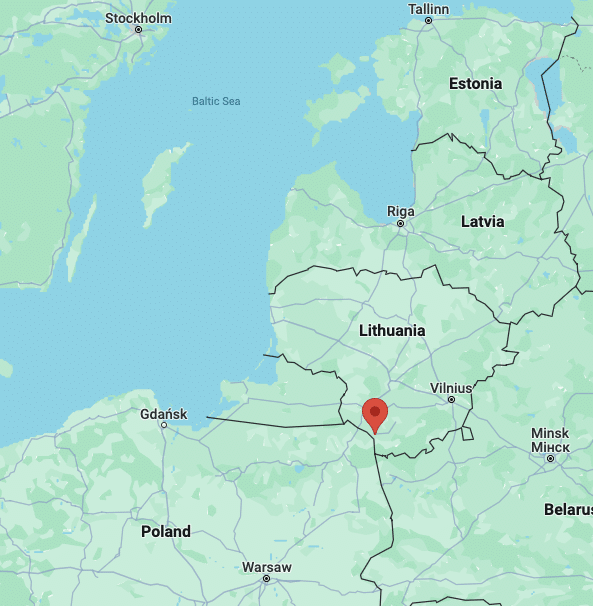
The Lithuanian town of Lazdijai, which is located close to the Polish border, is the starting point of the Baltic Forest Route, which spans a distance of 2141 kilometers (1330 miles) and culminates in Tallinn’s Old Town. Despite the fact that the route is still in the process of being developed in terms of infrastructure, it is acceptable for physically fit walkers who are able to cover the entire distance in one hundred to one hundred and ten days. The Forest Trail is connected to the E11 European long-distance path, which stretches all the way to the Netherlands, and anyone who is looking for an even more epic challenge can take advantage of this connection.
From the Lithuanian town of Nida, which is located on a spit abutting the Russian exclave of Kaliningrad, all the way up to Tallinn, the Baltic Coastal Route, which is significantly shorter at 1419 kilometers (882 miles), follows the coastline of the Baltic Sea. This picturesque route, which can be completed in around seventy to seventy-two days, provides breathtaking vistas of the ocean and the landscapes along the coast.
Both of these trails offer a one-of-a-kind opportunity to completely submerge oneself in the natural splendor and cultural legacy of the Baltic countries. The trails are divided into parts that are designed to accommodate hikers with varying levels of experience and interests.
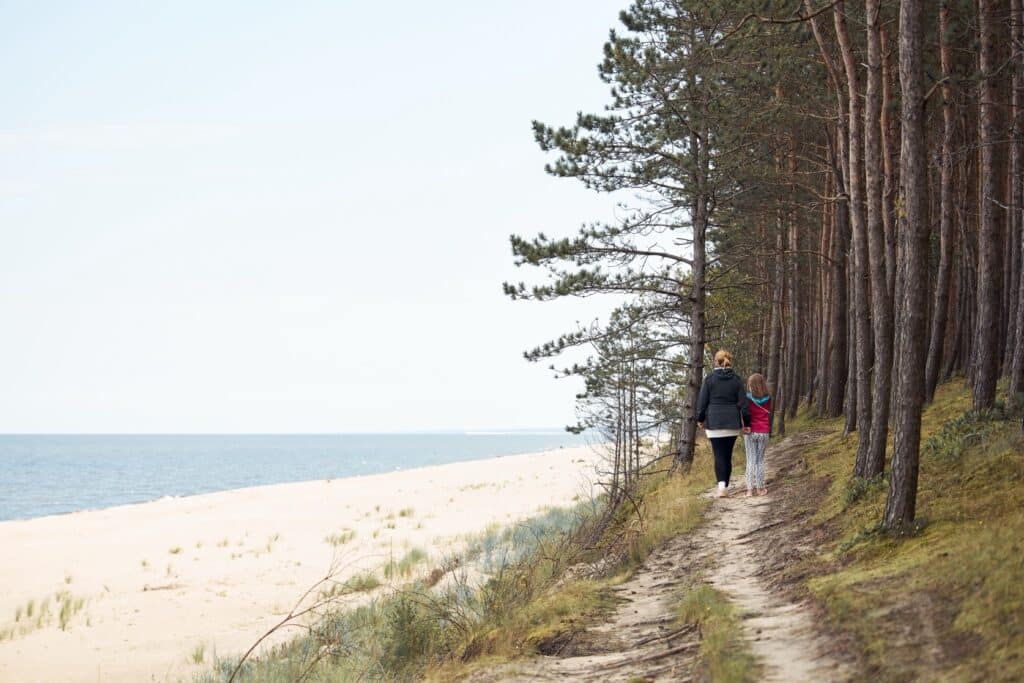
What to anticipate while traveling the Baltic Trails
More than half of the land area in Latvia, Estonia, and a third of Lithuania is covered with mixed forests. These forests, which have a high density of birch and pine trees, are typical of northern Europe. Another typical feature is wetlands, particularly in coastal areas. The spongy bogs of Estonia and Latvia, many of which date back to prehistoric times and are thought to be the country’s oldest landscapes, require specific footwear to travel, whereas the sand dunes of the Curonian Spit require no shoes at all.
This section of land is the starting point of the Coastal Route, which winds up into Latvia, past the resort town of Jūrmala and the Čemeri National Park, before arriving in the capital city of Riga. The sparsely-visited Matsalu National Park in Estonia has wetlands, pasturelands, and reed-covered marshes south of Haapsalu that are ideal for birdwatching. Before you head north along the Gulf of Finland toward Tallinn, you might take a detour to visit the Estonian islands of Vormsi and Hiiumaa.
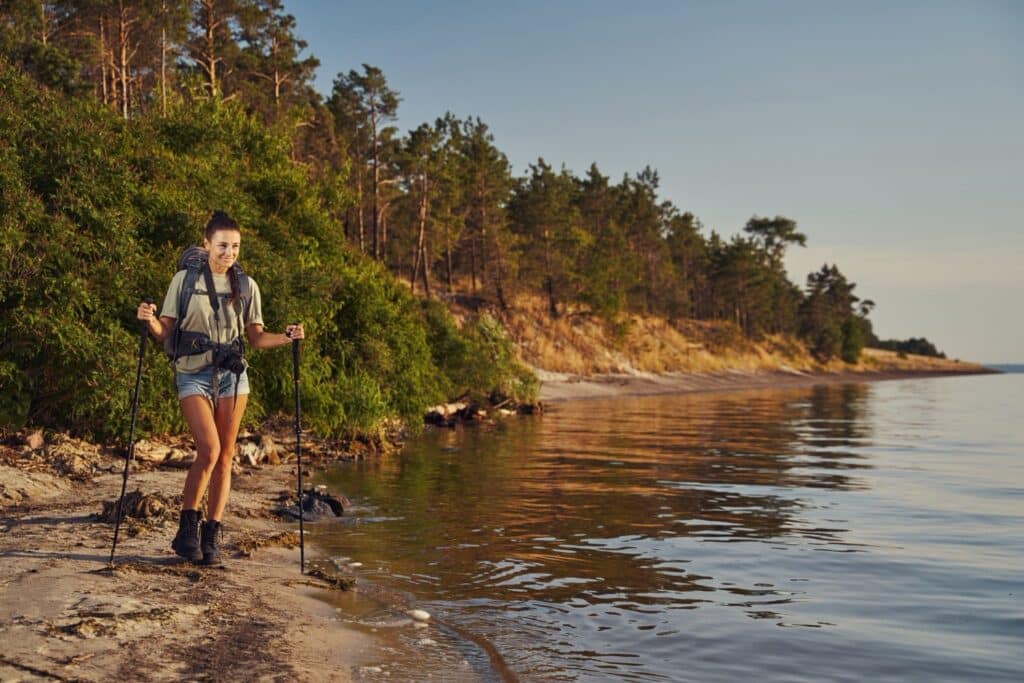
Hiking along the Forest Route will take you through the fog-filled Dubysa River valley in Lithuania and the largest national park in Latvia, Gauja National Park, before you reach southern Estonia. The Seto minority, whose historic language and singing culture have been preserved to this day, are found in the Setomaa region. Large manor buildings from the 18th century that were formerly owned by German nobility can be found in Estonia’s northern Lahemaa National Park, along with remote fishing communities and Soviet-era submarine stations.
The people you meet and the constructed environment are perhaps just as fascinating as the natural aspects. While proudly unique and different, the national identities of Estonia, Latvia, and Lithuania have been shaped by a common stormy past, which is still evident in the dialects, buildings, and rituals you’ll come across. Nordic, German, Russian, and Soviet cultural elements coexist; while hiking through the Baltic states, you’ll pass through the modernist “architecture of optimism” in Kaunas, Lithuania; the wooden Orthodox churches of Old Believer communities by Lake Peipus; and Tallinn’s Old Town, a medieval playground.
Getting Ready for the Baltic Routes
Either of the two Baltic Trails is a challenging hike, and if you intend to hike them both to their full length, planning is necessary. Each section’s comprehensive map is available on the Baltic Trails website, along with details on the services and types of terrain to be expected. White-blue-white signs indicate the Coastal Route, and white-yellow-white ones indicate the Forest Route. (As the lengthy paths intersect with local trails inside national parks, different colors may show up.) Download the GPX tracks to your own device and double-check that you’re on the correct route. Mobile hiking apps like Wikiloc and Komoot offer the GPS tracks for the whole Baltic Trails; however, you shouldn’t rely too heavily on your smartphone because there aren’t many power outlets along the route.
With stretches of roughly 20–30 km (12.5–19 miles) connecting settlements, rural guesthouses, campgrounds, and public transportation hubs, both paths have been designed to reduce the necessity for wild camping. Note that the majority of rural guesthouses are only open in the summer, and therefore you should always check in advance to make sure there are still rooms available.
Summertime brings longer days with sun that stays out until beyond 10 o’clock at night, as well as the best prospects of weather. However, it’s risky to count on clear Baltic skies for longer than a few days at a time; rain and strong winds are almost a given. Since most people in the Baltic countries live in cities, be sure to bring (more than) enough supplies.
It’s crucial to remember that the majority of the Baltic routes are made up of sidewalks in metropolitan areas and gravel and asphalt roads that are open to (limited) traffic, save from hiking routes in national parks. The Forest Route mostly cuts across open terrain, although it does follow the shore in places. The Coastal Route does not travel entirely through forests.
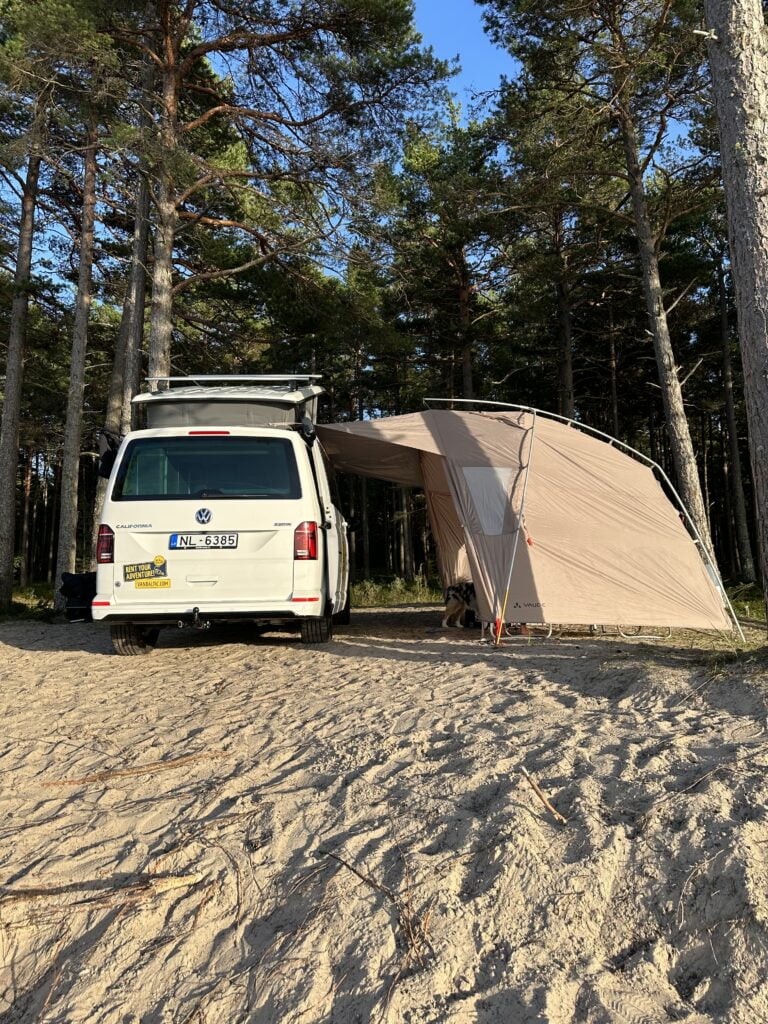
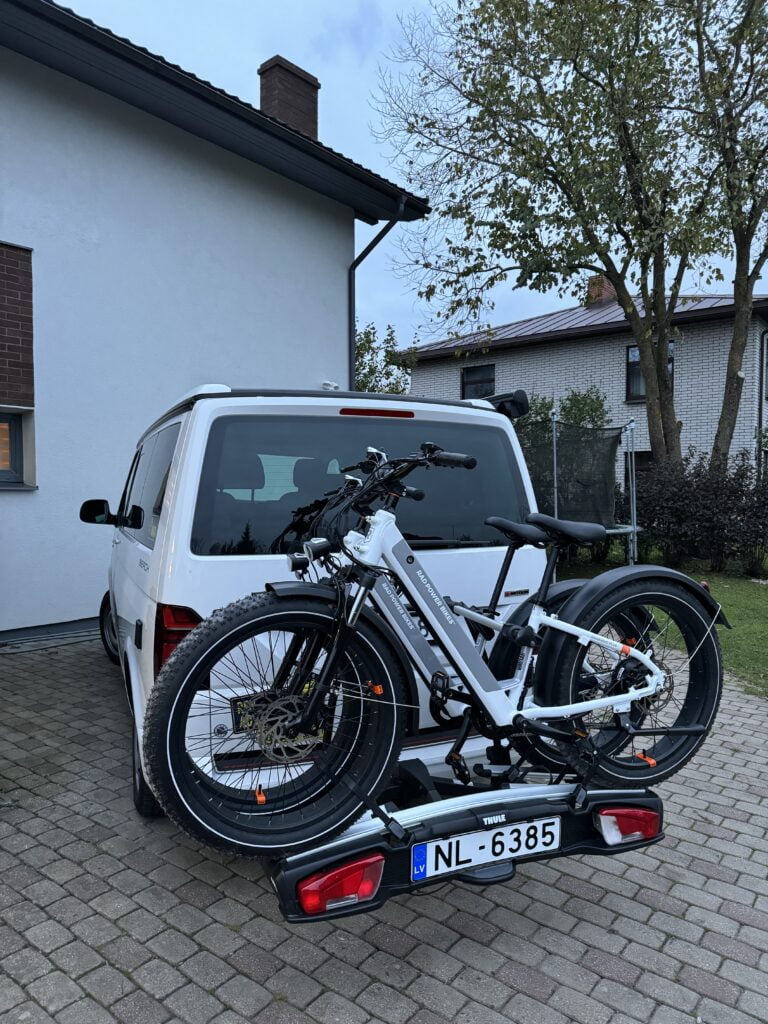
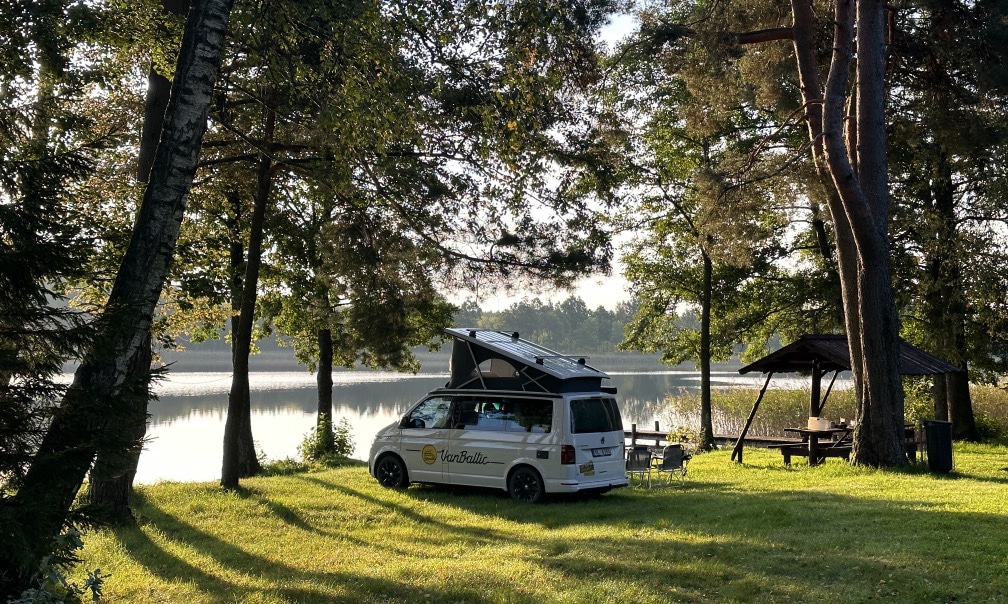
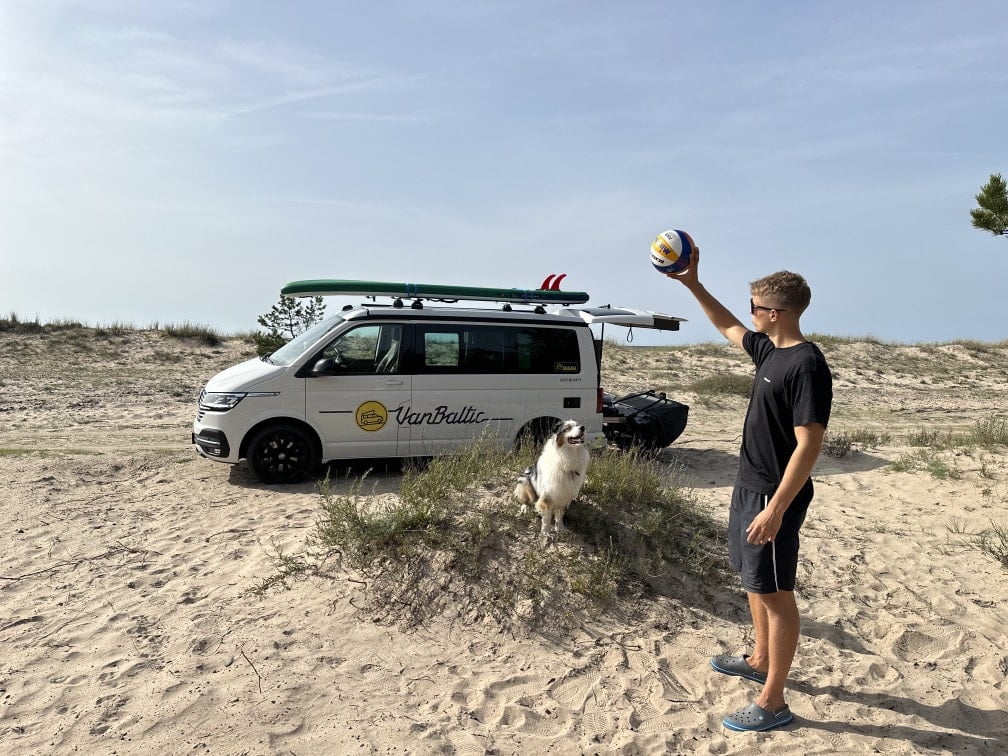

Using a campervan from VanBaltic can improve your experience and flexibility when visiting these paths. With the ease of moving between trailheads made possible by our campervans, you may easily tour all three Baltic nations. VanBaltic gives you the flexibility to go at your own speed while fusing the thrill of trekking with the comforts of contemporary living. Our campervans offer the ideal starting point for your Baltic journey, whether you choose to travel the Coastal Route or the Forest Route.
Can I go camping in the Baltic countries without a permit?
Wild camping is allowed in Estonia, Latvia, and Lithuania in accordance with the “right to roam” concept. However, you should ensure that you are not on private land when deciding where to set up your tent. Private land is common in rural areas, though it isn’t usually designated as such. Camping on private property is prohibited unless the owner has given you express permission to do so.
With more than 900 bears, Estonia is home to the most bears among the three nations. There are very few or no bears in Latvia and Lithuania.
Estonia
1. Lahemaa National Park Trails
• Oandu-Aegviidu-Ikla Hiking Route: This extensive 375 km trail traverses through various landscapes, including dense forests, wetlands, and coastal areas. It provides a comprehensive view of Estonia’s natural beauty.
• Viru Bog Trail: A shorter 3.5 km boardwalk trail, perfect for those interested in bog ecosystems and birdwatching.
2. Soomaa National Park
• Beaver Trail: A 5 km loop that offers a glimpse into beaver habitats, showcasing their dams and lodges in a serene forest setting.
3. Baltic Coastal Hiking Trail
• Estonian Stages: This trail, part of the European long-distance path E9, stretches for 620 km through Estonia. Key stages include the coast of Pärnu Bay, Matsalu National Park, and the islands of Saaremaa and Hiiumaa, offering diverse coastal landscapes and rich wildlife .
Latvia
1. Gauja National Park
• Gauja Ancient Valley Trail: A 14 km trail offering stunning views of the Gauja River, sandstone cliffs, and lush forests.
• Līgatne Nature Trails: Spanning 5 km, these trails provide an opportunity to observe local wildlife in their natural habitats.
2. Kemeri National Park
• Great Kemeri Bog Boardwalk: A 3.4 km trail that allows hikers to explore the unique bog landscape, complete with observation towers for birdwatching.
3. Baltic Coastal Hiking Trail
• Latvian Stages: Covering 581 km, this part of the trail includes highlights like Slitere National Park, the coastal resort of Jūrmala, and Kemeri National Park. It features sandy beaches, coastal cliffs, and rich birdlife .
Lithuania
1. Curonian Spit National Park
• Parnidis Dune Trail: A 1.6 km trail that offers panoramic views of the Baltic Sea and Curonian Lagoon from the Parnidis Dune.
• The Witch’s Hill Trail: A 1.5 km trail featuring wooden sculptures based on Lithuanian folklore, set in a scenic forest area.
2. Aukštaitija National Park
• Ladakalnis Hill Trail: This trail, though short, leads to a hilltop offering views of six lakes amidst dense forests.
• Palūšė – Ginučiai Trail: A 13 km trail that passes through charming villages, lakes, and historical sites like the Ginučiai Water Mill.
3. Baltic Forest Trail
• Lithuanian Stages: Known as Miško takas, this 747 km trail winds through Dzūkija and Žemaitija National Parks, offering diverse terrains from dense forests to rolling hills. It also features the Nemunas Loop Regional Park, with its panoramic views from the Birstonas observation tower.
Tips for Exploring Nature Trails in the Baltics
1. Plan Ahead: Check weather forecasts and trail conditions. Some trails may be challenging during adverse weather.
2. Pack Essentials: Bring water, snacks, a first-aid kit, and navigation tools. Wear appropriate clothing and footwear.
3. Respect Nature: Follow “Leave No Trace” principles, stay on marked trails, and respect wildlife.
4. Stay Safe: Inform someone of your plans and expected return. Carry a fully charged phone and know local emergency numbers.
Conclusion
The Baltic States offer a unique blend of natural beauty and cultural heritage, making them perfect for outdoor enthusiasts. Whether you’re hiking through Estonia’s coastal trails, exploring Latvia’s ancient river valleys, or trekking across Lithuania’s diverse national parks, these trails provide unforgettable experiences. Embark on your adventure with VanBaltic, enjoying the freedom and flexibility of traveling in a campervan. Happy trails!
For more detailed planning and trail maps, visit resources like the Baltic Trails website and Visit Estonia.
